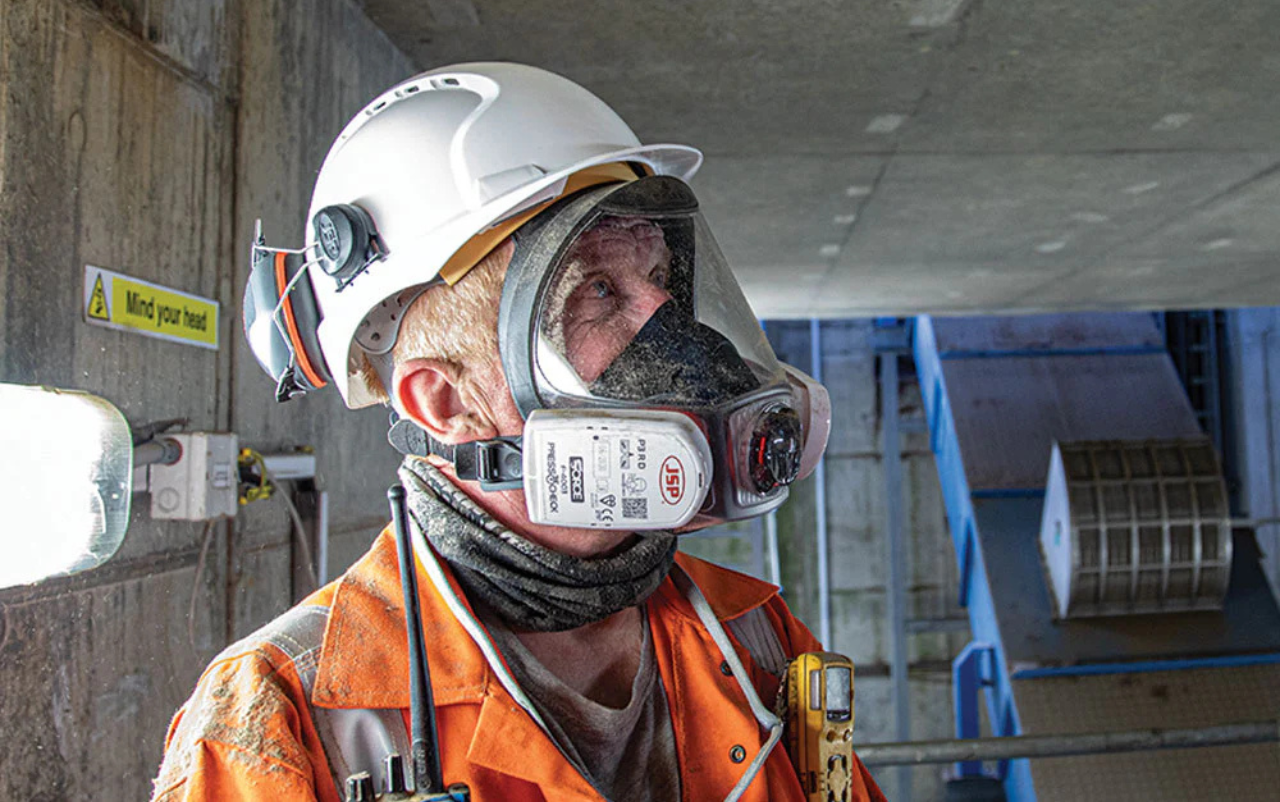Silica Dust: Understanding and Preventing the Hidden Risk of Silicosis
Silicosis is a serious occupational lung disease caused by inhaling silica dust. It’s an ongoing risk that exists across many industries, from construction and manufacturing to stone work and maintenance.
While awareness is growing following recent cases among engineered stone workers, silica exposure is not limited to one trade. Anyone cutting, drilling, grinding, or polishing materials that contain silica may be at risk.
What is Silica Dust?
Silica is a natural mineral found in materials, such as sand, stone, concrete, brick, and mortar. When these materials are disturbed, they release fine particles known as respirable crystalline silica (RCS). These particles are invisible to the naked eye and can travel deep into the lungs, causing permanent damage over time.
Health Effects of Silica Dust
Inhaling RCS can cause silicosis, an incurable and sometimes fatal lung disease that develops after repeated exposure, even over a few years. Common symptoms, include coughing, breathlessness, and fatigue. Silica exposure can also contribute to other serious conditions, including COPD, lung cancer, tuberculosis, and heart or kidney disease.
Controlling Exposure
There’s no safe level of silica dust exposure, so employers must reduce it as much as possible. Effective control measures include:
- Wet cutting or drilling to prevent dust becoming airborne
- Local exhaust ventilation and extraction to capture dust at the source
- HEPA-filtered vacuums or wet cleaning methods instead of dry sweeping
- Regular maintenance of dust control systems to ensure performance
Personal Protection and Training
Where dust cannot be fully controlled, workers should wear Respiratory Protective Equipment (RPE), such as FFP3 respirators, half masks with P3 filters, or powered air respirators. All tight-fitting masks must be fit-tested to the individual wearer, and workers with facial hair may need loose-fitting powered air respirators (PAPR) to stay protected.
Training is equally important so employees understand how to fit, inspect, and maintain their RPE correctly.
Reducing silica dust exposure today means protecting workers’ health for years to come.
Content created in partnership with JSP




